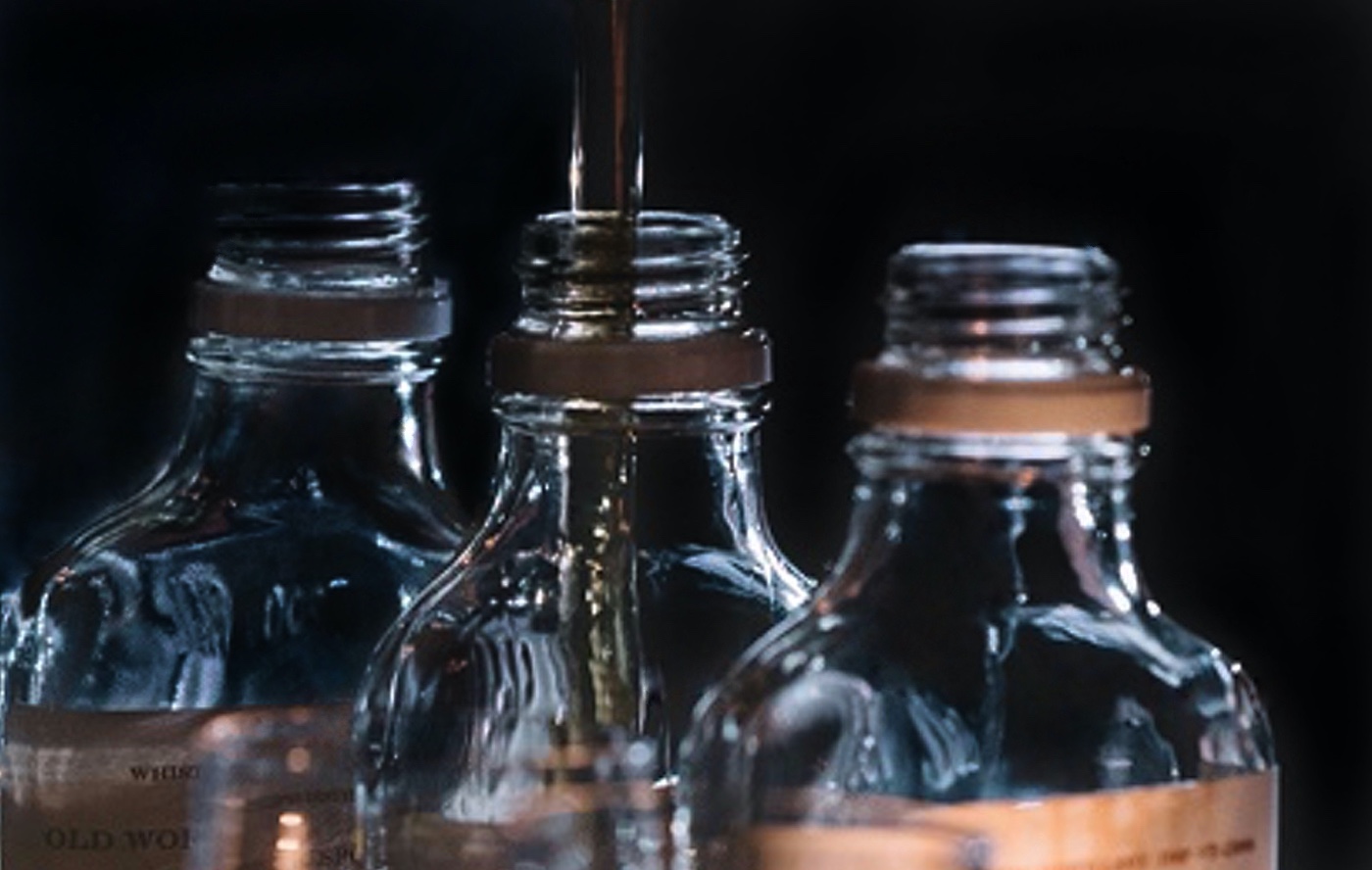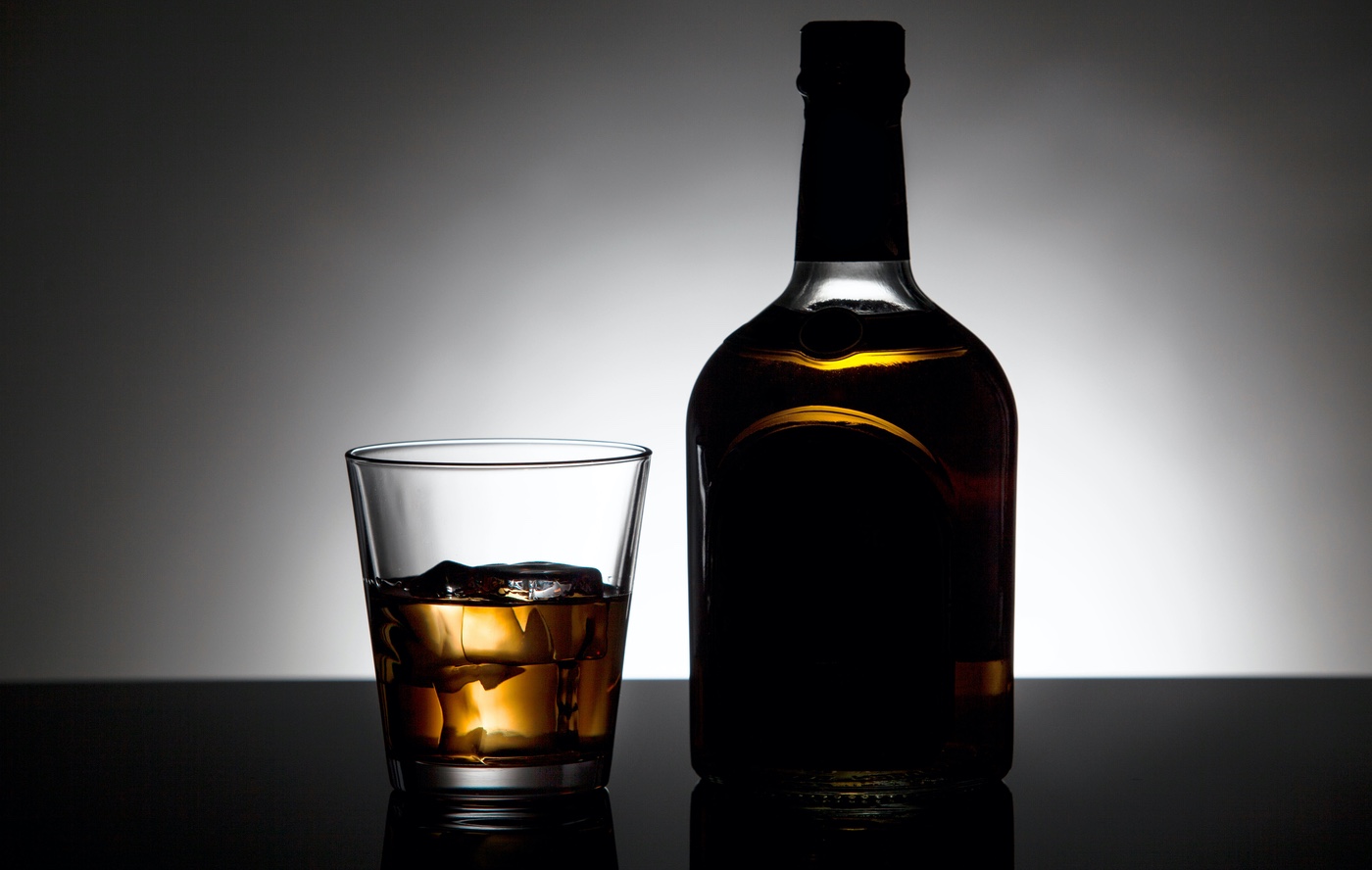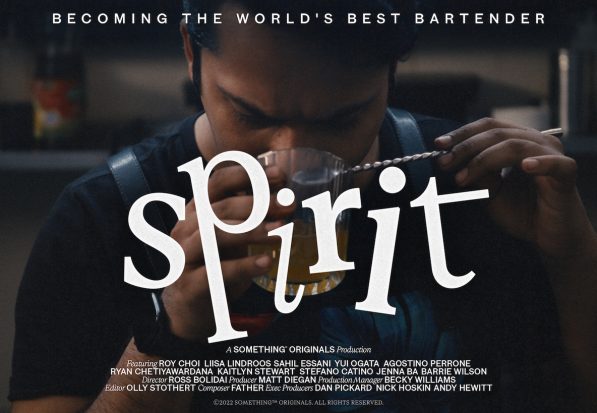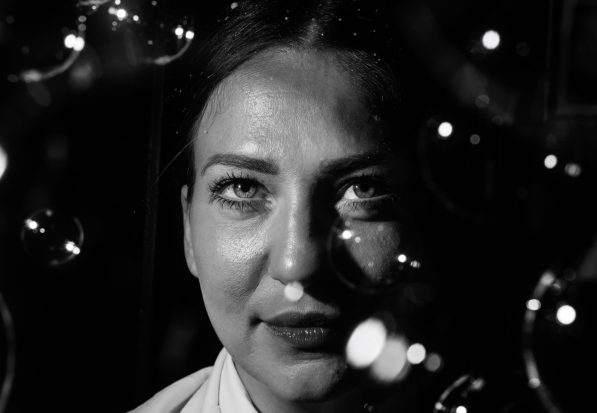While you might think that blending whiskey is a practice that this is typically left to Master Blenders in distilleries, there are a number of whiskey nerds …. sorry, enthusiasts, who are now replicating the process at home.
Out of a desire to create bespoke drams using commercially available bottles, home-based blending has become particularly popular in the last few years, as interest in different types and geographical locations of whiskey has increased.
Blends are often traded among friends, or the ‘recipes’ shared online as a way to express creativity and palette. Even Masters of Malt now sell a Home Blending Kit for those looking to get into the practise.
Bartenders have also taken to ‘vatting’ to create their own whiskey blends for cocktails. What once would have been termed as creating a ‘house blend’, is done by bars around the world, including Deadshot in Auckland, who are famous for making a blend from the whisky of brands like Monkey Shoulder and Grant’s.
Deadshot will tell you that they do it, so as to lengthen the Scotch out a bit or in the words of bartender Joseph Durana, ““We’re really looking for a clean Barley Oakiness to come through with not too much harshness from the peat. Keeping the flavour nice and clean, means that our cocktails can shine a little bit more.”
If blending is something that you’ve thought about, then there is no better time than World whiskey Day to start experimenting with a mix. It’s not only fun, but it gets you really thinking about what it is that you value in the drams you choose and what you would like to see in what you create.
Trey Zoeller, founder of Jefferson’s Bourbon believes that creating a blend should basically be about balance, but he warns not too much much balance. “I have found that if you blend too many whiskies together then you’re going to get a balanced pour but you could also blend out the complexities.”
Ben Bowles from Gospel Whiskey agrees, saying, “I think when you create a blended whiskey, you don’t want to know that it’s a blend. You want a liquid that is homogenous and will just works on every level.
A lot of whiskey drinkers who blend, have often gotten into the practice quite accidentally. They have either sought to liven up what they consider to be a dud bottle in their collection, or they have simply combined the tail-ends (or the last couple of ounces) of bottles they have liked.
The later is probably the most popular form of home blending. Termed as Infinity Bottles (or even Solera Bottles), this system of creating a receptacle for different styles of whisk(e)y can not only create something original but can also marry the best aspects of different expressions..
“It’s all about thinking of flavours that you believe work well together,” advices Zoelelr, “and then trying to marry liquids that seem like they would fit. After that, it’s all about playing with percentages.”
The Infinity Bottle, by its nature, is often constantly evolving and changing as you ‘feed’ the blend. The one thing to watch when creating Infinity Bottles is that you are not emptying the bottle fast than it is getting filled up.
“I’m all for experimentation and trying new things” said Bowles. “So I’d say go for, pick a few whiskeys you like and put them together and see if it makes something even better.
“I don’t think there’s any reason you couldn’t try a blending two very dissimilar whiskeys and seeing what you get,” said Bowles “I mean, there may be some reasons you might want to stick away from a very heavily peated scotch, or add a subtle Japanese whiskey that ends up getting too lost”.
And this is the things about blending; the results can sometimes be amazing, yet at other times, the outcome could best be described as a Frankenstein monster in Whiskey. This is why it’s useful to keep a written record, of not only of what has gone in but also how much. It will help you understand what works and what really, really doesn’t.
“I think there’s no reason to waste the whole bottle,” continues Bowles. “Just a couple of shot glasses and a teaspoon would be enough to start experimenting with.”
A good rule of thumb is to be careful with peat, rye and any flavoured whiskies (ie Fireball) as these will overpower everything. That is not to say don’t add them but just be careful when and how you do it.
What you add or perhaps more subtly, what you don’t add, is really up to you, your taste and what you think will work. But whatever you mix, the one thing this practice will give you is a true appreciation of the work and skill that professional blenders bring to their work.
Zoeller believes that what and how you blend very much depends on what you are looking to create. “This is your blend, so have fun and do what you want,” he said.
“I developed our Chef’s Collaboration with Chef Edward Lee as we were trying to pair a bourbon blend to his spicy Korean Fried Chicken. I found that I needed more spice and added a rye whiskey to two bourbon blends and it came out outstanding and able to hold up to the heat of the Korean fried chicken.”
What you need
Empty bottles and a funnel are the most obvious things that you need. Then, a measuring cylinder to be precise in measuring the amounts you put in your blend and then a way to record what you are adding to the mix. Now if you want to keep track of your proof, you can buy a simple hydrometer and they are suprisingly easy to use. A proof calculator is also an excellent resource to reference when tracking your whiskey’s alcohol content.
How to blend your own whiskey
- Pick a base. Start with a whiskey that really appeals to you.
- Add a second whiskey. You want something that will contrast to the base.
- Feeling bold? Add a third whiskey, but don’t go overboard.
- It’s then important to let it rest, at least overnight, as it takes a while for whiskeys to marry. Then sample it again and see how the blend has evolved. Seriously though, don’t shake the bottle. It is believed that this just ends up “making the whiskey angry.”
- Have patience. If you want to elevate your whiskey blending skills, it’s not just about throwing odds and ends in a bottle, but finding nuance and balance, which takes work and experimentation, not to mention a little trial and error.
- Don’t get too worried about what you add. If you end up with a blend that you don’t like, you can always further add to the mix to get yourself out of trouble. While it may take a bit of experimenting to undo what you’re done, go for a young (maybe try a one or two year old) as it will help, over time, to neutralise any unwanted features.
- Know when to stop. It’s tempting to keep tinkering, but when you arrive at a flavour profile you like, hold fast.
- Repeat.










